How to Design an Apartment Balcony Garden: Maximizing Green Space in a Limited Area
Living in an apartment, especially in a bustling city, can sometimes mean sacrificing access to green spaces. However, with a little creativity and planning, a balcony can easily be transformed into a beautiful and functional garden oasis. Not only does a balcony garden add aesthetic value to your living space, but it also offers numerous benefits that can positively impact your physical and mental health.
The Benefits of Having a Balcony Garden
- Improved Air Quality: Plants naturally purify the air by removing toxins and producing oxygen, resulting in fresher and cleaner air for you to breathe.
- Reduced Stress: Studies have shown that spending time in green spaces can reduce stress levels and improve overall well-being.
- Access to Fresh Produce: Growing your own herbs, fruits, and vegetables on your balcony allows for easy access to fresh and organic produce.
- Increased Privacy: A balcony garden can provide a natural barrier between you and your neighbors, creating a more private and intimate living space.
- Enhanced Aesthetics: A well-designed balcony garden can add visual appeal to your living space and increase the overall value of your property.
In this article, we will explore the steps to designing and creating a beautiful and functional balcony garden, as well as tips on how to maintain it. Whether you are a seasoned gardener or a beginner, this guide will provide you with the necessary knowledge to maximize your green space in a limited area.
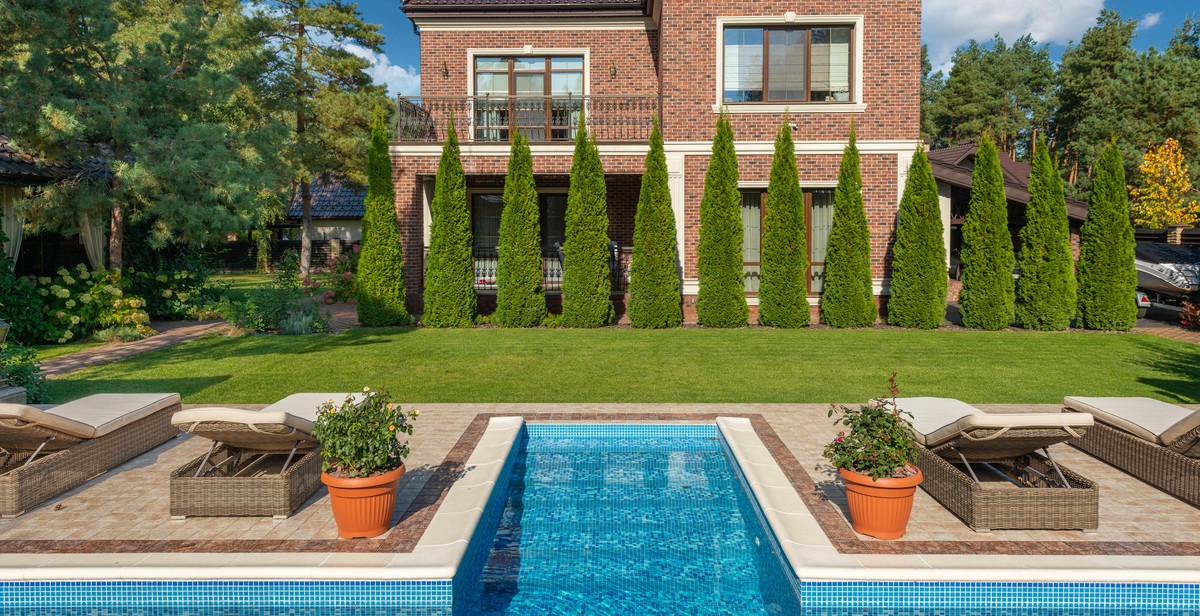
Assess Your Space
Designing an apartment balcony garden requires careful consideration of the available space. Before you start planning, assess your balcony to determine its size and the amount of sunlight it receives.
Determine the Size of Your Balcony
Measure your balcony to determine the available space for your garden. Take note of any obstacles such as railings or air conditioning units that may affect your design. Consider the weight limit of your balcony and make sure your garden features are within its capacity.
Consider the Amount of Sunlight Your Balcony Gets
The amount of sunlight your balcony gets will determine the types of plants you can grow. If your balcony faces north, it will receive less direct sunlight than a south-facing balcony. East-facing balconies get morning sun, while west-facing balconies get afternoon sun.
Take note of any shadows cast by nearby buildings or trees that may affect the amount of sunlight your balcony receives. You can use a sunlight meter to determine the exact amount of light your balcony gets.
Once you have assessed your space, you can start planning your apartment balcony garden. Consider the types of plants you want to grow and the style of garden you want to create. With careful planning and design, you can maximize your green space in a limited area.
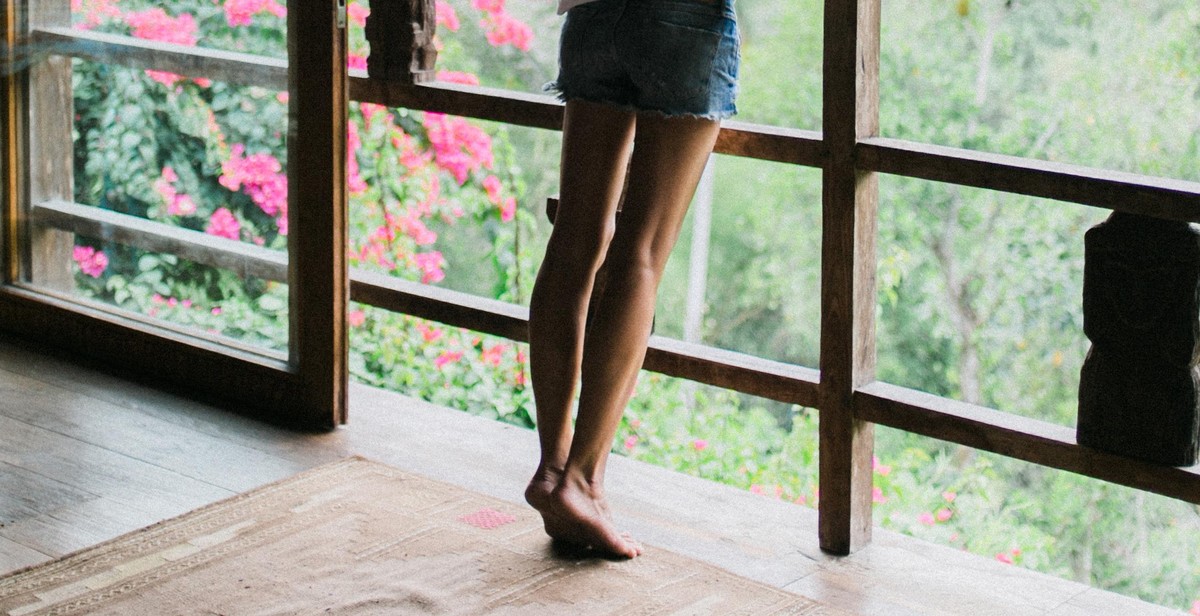
Choose Your Plants
Now that you have determined the space available for your balcony garden and have the necessary tools and equipment, it’s time to choose the perfect plants for your space.
Select Plants That Thrive in Your Climate
The first thing to consider when choosing your plants is your climate. Different plants thrive in different climates, so it’s essential to choose plants that are adapted to your area. For example, if you live in a hot and dry climate, you may want to consider succulents or cacti, which require less water and can tolerate high temperatures. On the other hand, if you live in a cooler climate, you may want to consider plants that require more moisture and can tolerate lower temperatures.
Choose Plants That Fit Your Balcony’s Conditions
Once you’ve considered your climate, it’s time to think about your balcony’s conditions. Some balconies may receive full sun all day, while others may be in the shade for most of the day. Some balconies may be windy, while others may be protected from the wind. It’s essential to choose plants that fit your balcony’s conditions. For example, if your balcony is in the shade, you may want to consider ferns or hostas, which thrive in low-light conditions. If your balcony is windy, you may want to consider plants that are resistant to wind damage, such as ornamental grasses or shrubs.
By selecting plants that thrive in your climate and fit your balcony’s conditions, you’ll be able to create a beautiful and thriving balcony garden that will bring joy and relaxation to your home.
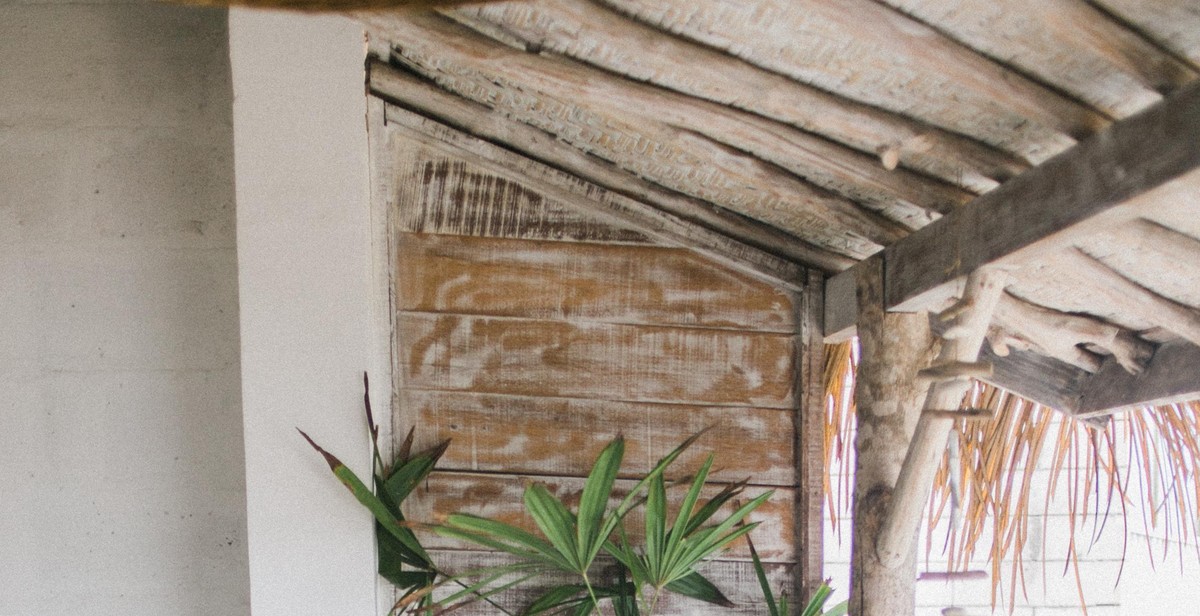
Container Selection
Choosing the right containers is crucial for the success of your apartment balcony garden. Here are some factors to consider when selecting containers:
Choose Containers That Fit Your Plants’ Needs
Plants have different requirements for soil, drainage, and space. Make sure to choose containers that are appropriate for the plants you want to grow. For example, shallow-rooted plants like lettuce and herbs can thrive in smaller containers, while deep-rooted plants like tomatoes and peppers need larger containers to accommodate their roots.
Additionally, consider the material of the container. Porous materials like terracotta and clay can dry out quickly, so they are best for plants that prefer drier soil. Plastic and metal containers, on the other hand, retain moisture better and are suitable for plants that need more water.
Consider the Aesthetics of Your Containers
Your containers should not only be functional but also add to the overall look of your balcony garden. Consider the color, texture, and shape of your containers, and how they will complement your plants and the surrounding space. You can mix and match different containers to create a visually appealing display.
Another option is to use hanging baskets or vertical planters to maximize space and add dimension to your garden. These containers can be hung from railings or hooks, allowing you to grow more plants without taking up valuable floor space.
| Container Material | Pros | Cons |
|---|---|---|
| Terracotta/Clay | Natural look, good drainage | Dries out quickly, can crack in freezing temperatures |
| Plastic | Lightweight, retains moisture well | Can fade or become brittle over time |
| Metal | Durable, good drainage | Can heat up quickly in direct sunlight, may rust over time |
By selecting containers that fit your plants’ needs and match the aesthetics of your balcony garden, you can create a beautiful and thriving green space in your limited area.
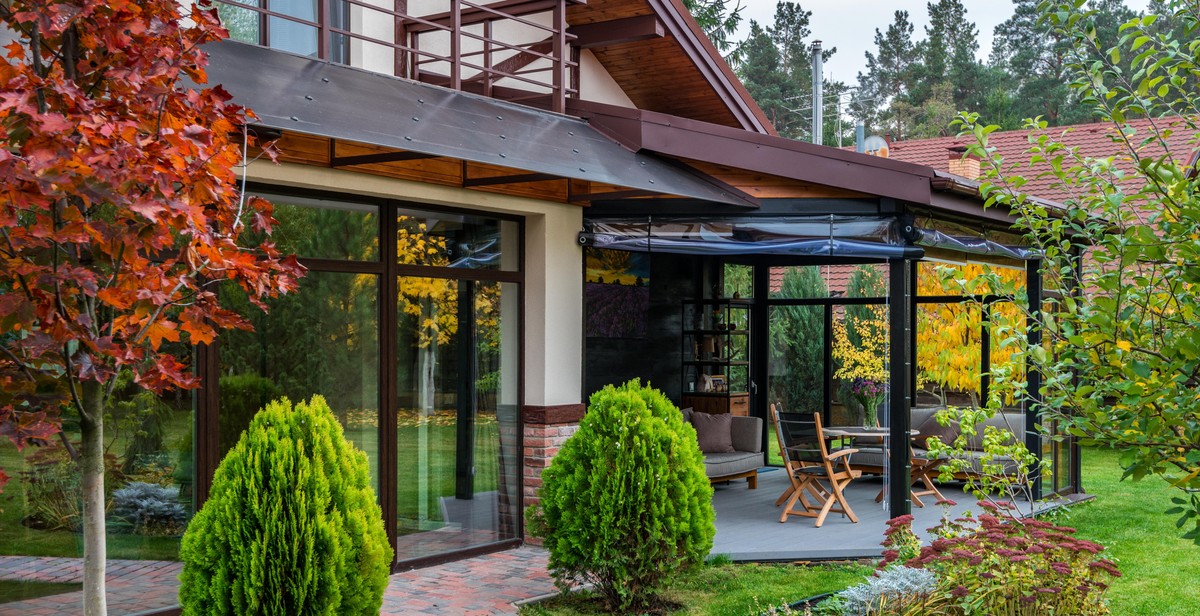
Design Your Layout
Now that you have a clear idea of what you want to grow and how much space you have, it’s time to start thinking about the layout of your balcony garden. Here are some tips to help you get started:
Create a Floor Plan
Before you start buying plants and containers, create a floor plan of your balcony garden. This will help you visualize how everything will fit together and ensure that you have enough space for everything you want to grow.
When creating your floor plan, consider the following:
- The size and shape of your balcony
- The amount of sunlight each area of your balcony receives
- The types of plants you want to grow and how much space they need
Arrange Your Containers for Maximum Effect
Once you have your floor plan, it’s time to start arranging your containers. Here are some tips to help you create a visually appealing and functional balcony garden:
- Group plants together based on their water and sunlight needs
- Use containers of different sizes and shapes to add visual interest
- Place taller plants at the back of your balcony and shorter plants at the front to create depth
- Consider using hanging baskets or vertical planters to save space
By following these tips, you can create a beautiful and productive balcony garden that maximizes the limited space you have.
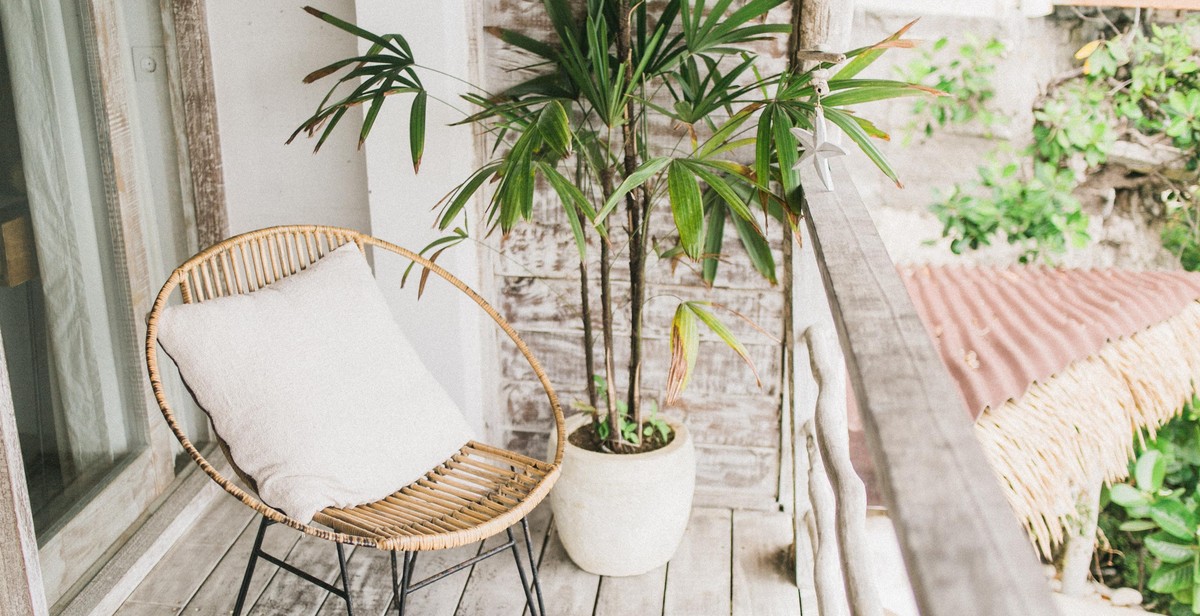
Maintain Your Garden
Once your apartment balcony garden is up and running, it’s important to maintain it properly to ensure that your plants thrive. Here are some tips to help you keep your garden healthy:
Water Your Plants Regularly
Plants need water to survive, so it’s important to water them regularly. The amount of water your plants need will depend on the type of plant and the size of the container it’s in. As a general rule, you should water your plants when the top inch of soil feels dry to the touch. Be careful not to overwater, as this can lead to root rot.
Fertilize Your Plants as Needed
Plants need nutrients to grow, and sometimes the soil in containers can become depleted. To keep your plants healthy, fertilize them as needed. You can use a general-purpose fertilizer or a specific type of fertilizer for your plants.
Prune and Deadhead Your Plants
Pruning and deadheading your plants can help promote new growth and keep them looking neat and tidy. Pruning involves cutting back branches or stems, while deadheading involves removing spent flowers. Be sure to use sharp, clean tools to avoid damaging your plants.
Protect Your Plants from Pests and Diseases
Pests and diseases can quickly ruin a garden, so it’s important to take steps to protect your plants. Keep an eye out for signs of pests and diseases, such as yellowing leaves or holes in the leaves. If you notice any issues, take action immediately to prevent them from spreading.
- Use natural pest control methods, such as companion planting or spraying with a mixture of water and dish soap.
- Remove any infected plants or plant parts to prevent the spread of disease.
By following these tips, you can keep your apartment balcony garden looking beautiful and healthy for years to come.
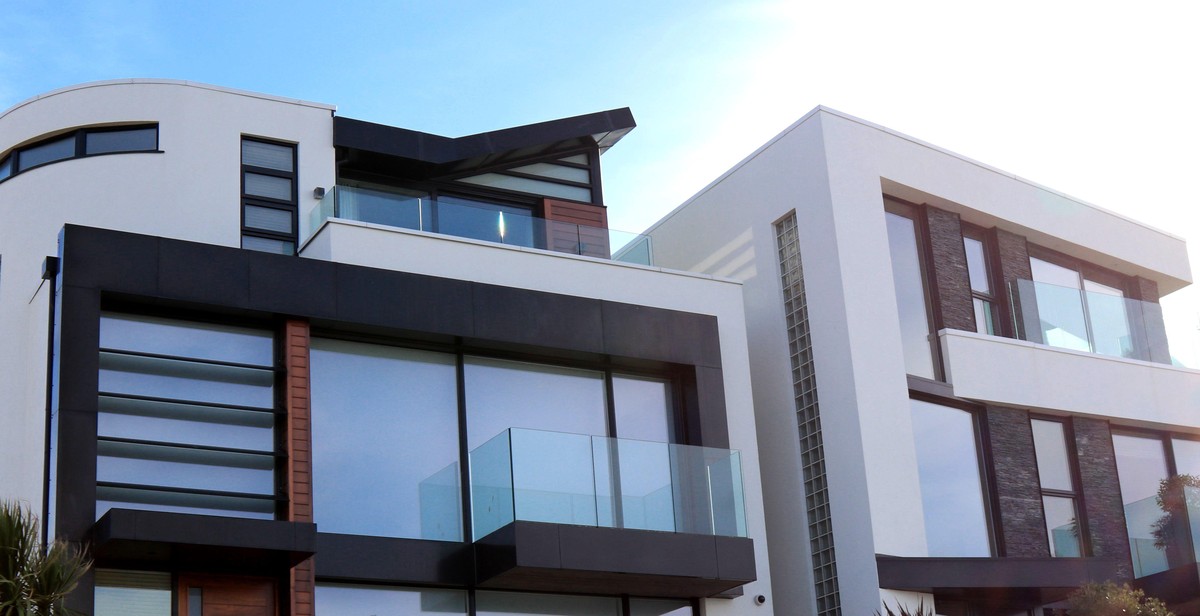
Conclusion
Designing an apartment balcony garden can be a challenging task, but with the right approach, it can be a fun and rewarding experience. By following the tips and guidelines provided in this article, you can maximize the green space in your limited balcony area and create a beautiful and thriving garden.
Remember the Basics
When designing your balcony garden, remember to consider the basics such as sunlight, water, and soil. These elements are crucial to the success of your garden and should be carefully planned out.
Choose the Right Plants
Choose plants that are suitable for your balcony’s environment. Consider the amount of sunlight your balcony receives and the temperature fluctuations. Also, choose plants that are easy to maintain and fit your personal style.
Get Creative with Containers
Use creative and innovative containers to add a unique touch to your balcony garden. You can use anything from traditional flower pots to repurposed items such as old teacups or tin cans.
Enjoy Your Balcony Garden
Finally, don’t forget to enjoy your balcony garden! Take the time to relax and appreciate the beauty of your plants. With a little bit of effort and creativity, you can transform your balcony into a peaceful and relaxing oasis.
| Tip: | Consider adding some garden furniture or a hammock to your balcony to create a cozy and inviting space. |
With these tips, you are on your way to designing an apartment balcony garden that you can enjoy for years to come.
